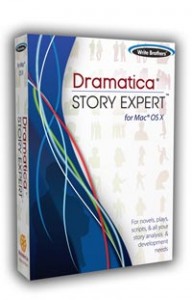In an earlier discussion of what sets the Objective Characters apart from the Subjective Characters, we described how Objective Characters represent dramatic functions in a story whereas Subjective Characters represent points of view. The Progagonist is an example of an Objecitve Character whose function is to be the prime mover in the effort to achieve the story’s goal. The Main Character is an example of a Subjective Character as it represents the audicence position in a story – a point of view.
Authors frequently assign the roles of both Protagonist AND Main Character to the same player in the story, creating the stereotypical “Hero”. (Note that a Hero is a stereotype, not an archetype. The function of a Protagonist is archetypal, but combining that function into the same player as the one assigned as the audience position in the story – the Main Character – is a convention of storytelling, not a necessity of dramatic structure. This makes a Hero a stereotype, rather than an archetype.
The concept of “player” is found throughout Dramatica and differs from what we mean by “character.” Dramatica defines a character as a set of dramatic functions that must be portrayed in order to make the complete argument of a story. Several functions may be grouped together and assigned to a person, place, or thing who will represent them in the story. The group of functions defines the nature of the character. The personage representing the functions is a player.
In other words, a player is like a vessel into which a character (and therefore a set of character functions) is placed. If more than one Objective Character is placed into a single player, the player will appear to have multiple personalities. This is clearly seen in the dual characters contained in player, Dr. Jekyll & Mr. Hyde, or the many personalities of Sybil.
Subscribe to:
Post Comments (Atom)







No comments:
Post a Comment